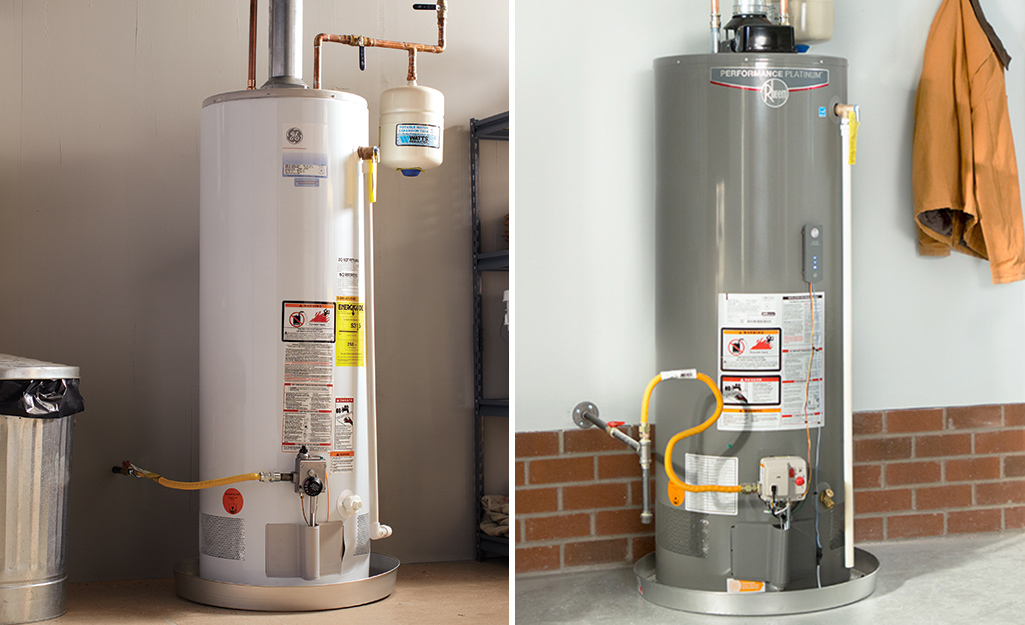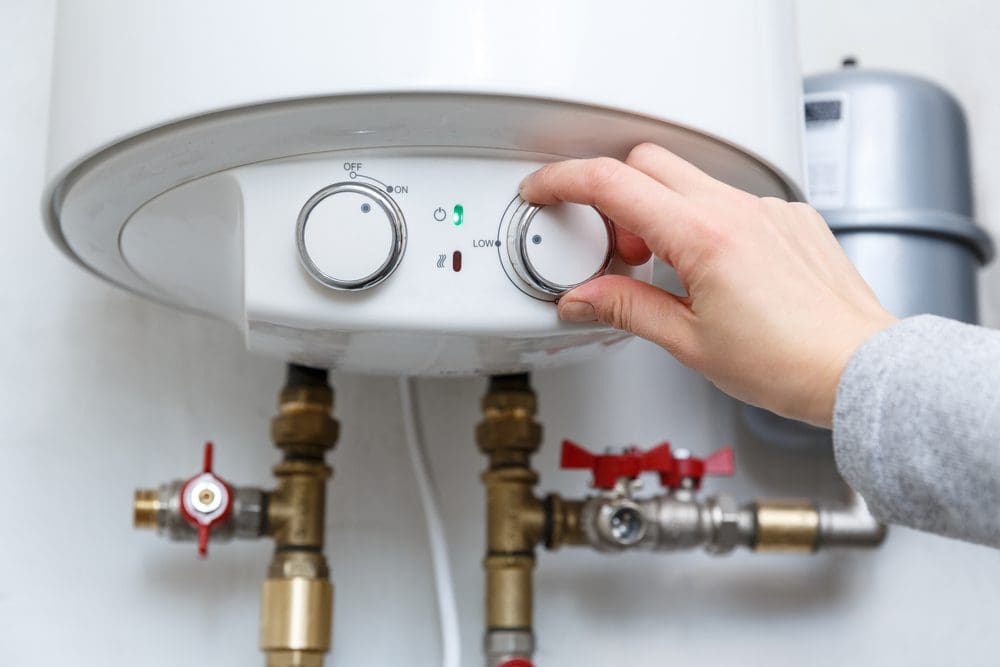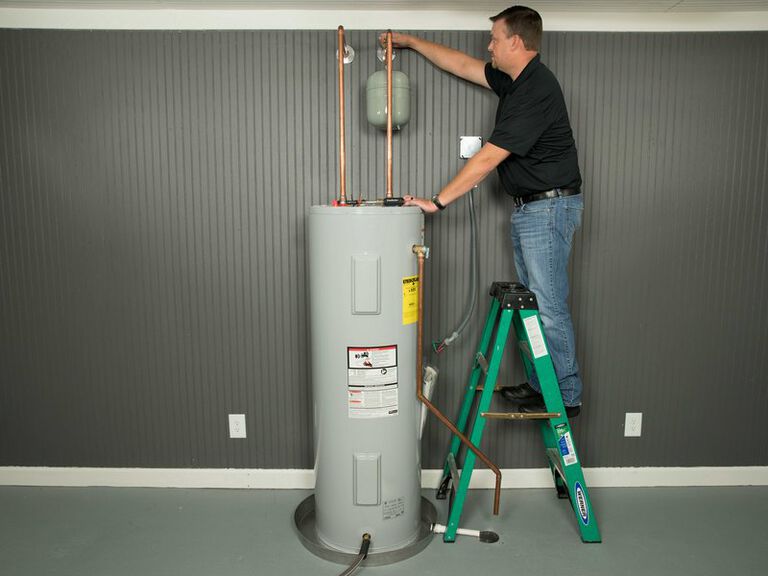Water Heater Installation for Enhanced Hot Water Efficiency and Effectiveness
Water Heater Installation for Enhanced Hot Water Efficiency and Effectiveness
Blog Article
Total Guide to Water Heating SystemSetup and Substitute
Comprehending the complexities of water heater installation and replacement is essential for house owners seeking to guarantee effectiveness and dependability in their warm water supply. From selecting the appropriate type and dimension to implementing a smooth setup process, several elements should be thought about to prevent usual challenges.
Types of Hot Water Heater
When thinking about water heating system setup and replacement, it is necessary to comprehend the different kinds of hot water heater available out there. One of the most common types consist of container hot water heater, tankless hot water heater, heat pump water heaters, and solar hot water heater.
Storage tank water heating units are conventional systems that keep a specific volume of warm water, making them readily offered when needed. In comparison, tankless water heaters give hot water on demand, eliminating the demand for storage.
Heatpump hot water heater use electricity to transfer warm from the air or ground to warm water, providing considerable energy financial savings however calling for even more area and certain setup conditions. Solar water heaters harness solar power to warm water, offering a green choice with possible long-lasting expense financial savings, although they frequently require a backup system for gloomy days.
Understanding these alternatives makes certain educated choices pertaining to installment and substitute, accommodating particular requirements and choices.
Selecting the Right Size
Picking the proper dimension for a hot water heater is vital to guarantee optimal efficiency and effectiveness. An unit that is as well tiny will certainly have a hard time to satisfy household needs, bring about inconsistent warm water schedule and raised power usage. Alternatively, an oversized water heater can lead to unneeded energy waste and greater utility costs.
To identify the ideal size, take into consideration the home's top warm water usage. This can be computed based on the variety of passengers and their typical warm water requirements. As an example, a family of 4 might call for a hot water heater with a capacity of 50 to 80 gallons, depending on the usage patterns, such as synchronised showers and laundry.
In addition, assess the recuperation rate, which determines just how quickly a heating system can restore warm water after it has been used. For tankless designs, emphasis on the circulation rate, gauged in gallons per min (GPM), to guarantee it meets the household's simultaneous demand.

Setup Process Review

Next, the old device needs to be disconnected and eliminated, making sure to comply with regional codes and guidelines concerning disposal. When the old system is out, the brand-new hot water heater can be positioned in place. This step involves attaching the supply of water lines, making sure that all fittings are secure and leak-free.
After developing water connections, it's necessary to link the power supply, whether electric or gas, adhering to the manufacturer's directions meticulously. Once all links are made, the system should be full of water, and the power can be turned back on. It's vital to check for leakages and make certain the water heating unit is functioning properly before completing the installment procedure.
Common Installment Blunders

One more constant blunder is disregarding to follow regional codes and laws. Falling short to adhere to these standards can not only lead to safety threats however might also cause costly penalties or the demand for pricey reinstallation. In addition, inappropriate venting is a crucial problem. Insufficient air flow can create harmful gas accumulation, posturing significant health risks.
Falling short to secure connections or utilizing the wrong kind of fittings can lead to leakages and water damage. By staying clear of these usual installment blunders, homeowners can guarantee their water heating unit runs securely and efficiently, making the most of efficiency and longevity.
Maintenance Tips for Longevity
Appropriate upkeep of a water heating unit is crucial for its long life and optimal efficiency. Routine evaluations and servicing can protect against pricey repairs and expand the home appliance's lifespan. Begin by checking the temperature level setup; it ought to generally be established in between 120 ° F and 140 ° F for optimum energy performance and safety and security.
Every 6 months, purge the storage tank to remove sediment buildup, which can harm home heating efficiency and cause corrosion. To do this, transform off the heating unit, connect a pipe to the drain valve, and let the water run till it is clear.
When they are corroded,Anode rods need to be evaluated yearly and changed. These poles help protect against tank corrosion by bring in corrosive elements in site link the water.
Additionally, examine the stress safety valve consistently to guarantee it is operating correctly. This valve is essential for stopping extreme pressure build-up within the storage tank.
Lastly, take into consideration setting up an expert maintenance check every few years for comprehensive assessments and servicing. By sticking to these maintenance ideas, property owners can significantly boost the performance, safety and security, and life-span of their hot water heater, guaranteeing trustworthy warm water for several years to come.
Final Thought
In final thought, proper setup and maintenance of water heating units are crucial for ensuring efficiency and durability. By comprehending these necessary aspects, house owners can accomplish a dependable warm water supply while reducing potential issues related to water heating unit procedure.
Understanding the details of water heater installment and replacement is important for home owners seeking to guarantee performance and integrity in their warm water supply.Storage tank water heating units are standard systems that save a particular volume of hot water, making them easily available when needed. In comparison, tankless water heating systems give hot water on need, removing the demand for storage. Selecting a water heating system that is either as well tiny or also huge can lead to inefficiencies, resulting in inadequate warm water supply or extreme energy usage.
By understanding these vital aspects, property owners can accomplish a reliable warm water supply while reducing potential issues related to water heating unit procedure. drain cleaning.
Report this page